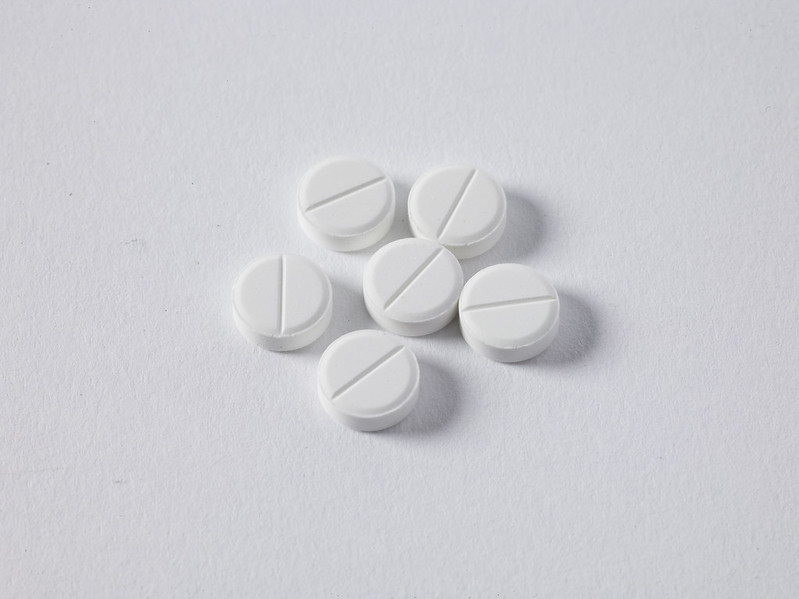
Throughout the Coronavirus pandemic, the establishment media has touted an eye-popping statistic: 80 percent of America’s pharmaceutical drug supply comes from China.
Understandably, this shocking claim has stoked fears that China is actively working to undermine our response to the Coronavirus pandemic, and could block our access to prescription drugs at any time. Some experts have even warned that China could degrade the quality of our antibiotics, or worse yet, put lethal contaminants in them.
The only problem? The 80 percent statistic is fake news.
A recent Reason report blows the doors off of this shocking claim and traces the misinformation back to its origin, a misreading of a government report. You can read the full report here.
To start, the Food and Drug Administration (FDA) does not track the percentage of drugs that come from other countries, making it impossible to say with certainty how much actually comes from China or anywhere else.
This has not stopped the establishment press from breathlessly fear mongering over this false claim, which the Reason report tracks in great detail.
In December, Politico published a piece claiming that U.S. policymakers were worried that China could “weaponize” its drug exports in a trade war. The piece claimed that “In all, 80 percent of the U.S. supply of antibiotics are made in China,” and linked to a press release from Senator Chuck Grassley (R-Iowa).
The press release actually says that 80 percent of active pharmaceutical ingredients (API) are produced abroad, revealing that Politico misinterpreted “abroad” to mean “China.” The press release links to a 2016 GAO report, which says that 80 percent of API are made in more than 150 countries around the world. That is a huge difference from the fake news that the media has reported.
As it turns out, the FDA tracks manufacturing facilities that export drugs to America, not the percentage of the U.S. drug supply that comes from other countries. An October FDA report shows a diverse supply chain: of the 2,000 facilities that provide pharmaceutical drugs to America, 230 are in China, 510 are in the U.S., and 1,048 are in the rest of the world.
Reason also points out that in 2018, the U.S. imported more than $115 billion of finished pharmaceutical products, only $1.5 billion of which came from China.
So, it looks like the establishment media has gotten the data exactly backwards on America’s reliance on China for pharmaceuticals. Unfortunately, this fake news has infected the policymaking process as lawmakers look to impose price controls on pharmaceuticals.
Some policymakers have proposed a “Buy American” mandate on prescription drugs, which would place onerous and unnecessary sourcing requirements on medicines purchased with federal dollars. Under this proposal, federal agencies would be forced to purchase “American-made” vaccines, medicines, and raw materials.
The fact is, drug manufacturers have many valid reasons for producing their products all around the globe, like labor cost considerations and availability of raw materials. A Buy American mandate would upend this supply chain by requiring manufacturers to find new sourcing in the U.S., a substantial undertaking that could take years to implement.
Proponents claim that such a mandate would restore American jobs and protect our access to drugs. In reality, estimates show that the cost of manufacturing drugs could be up to five times higher under a Buy America regime. This would lead to higher drug costs and reduced access for American patients.
A Buy American mandate could also lead to retaliatory actions from other countries in a moment where demand for medical innovation is at its highest. Instead of warping the supply chain amidst a global pandemic, lawmakers should advocate efforts to abolish rules and requirements overseas that compel local sourcing to the disadvantage of U.S. manufacturers.
In sum, the false 80 percent statistic is an excellent case study in how misinformation travels and influences the policymaking process. Instead of using a false statistic to try and solve a problem that doesn’t exist, lawmakers should reject all efforts to impose distortionary price controls and harmful sourcing requirements on medicine.

